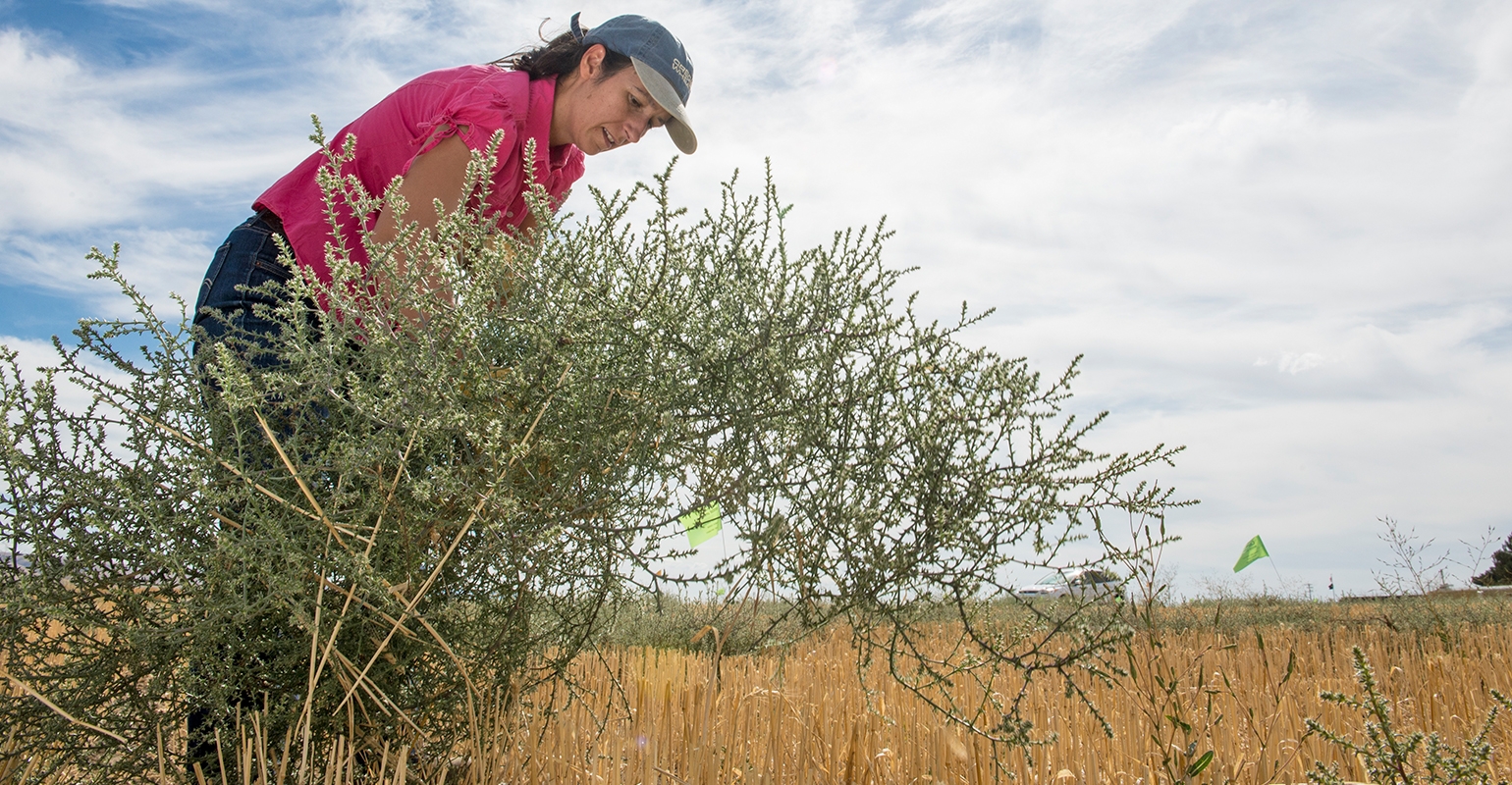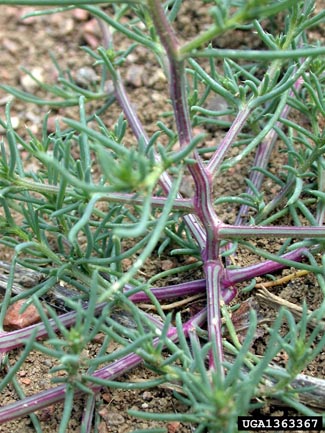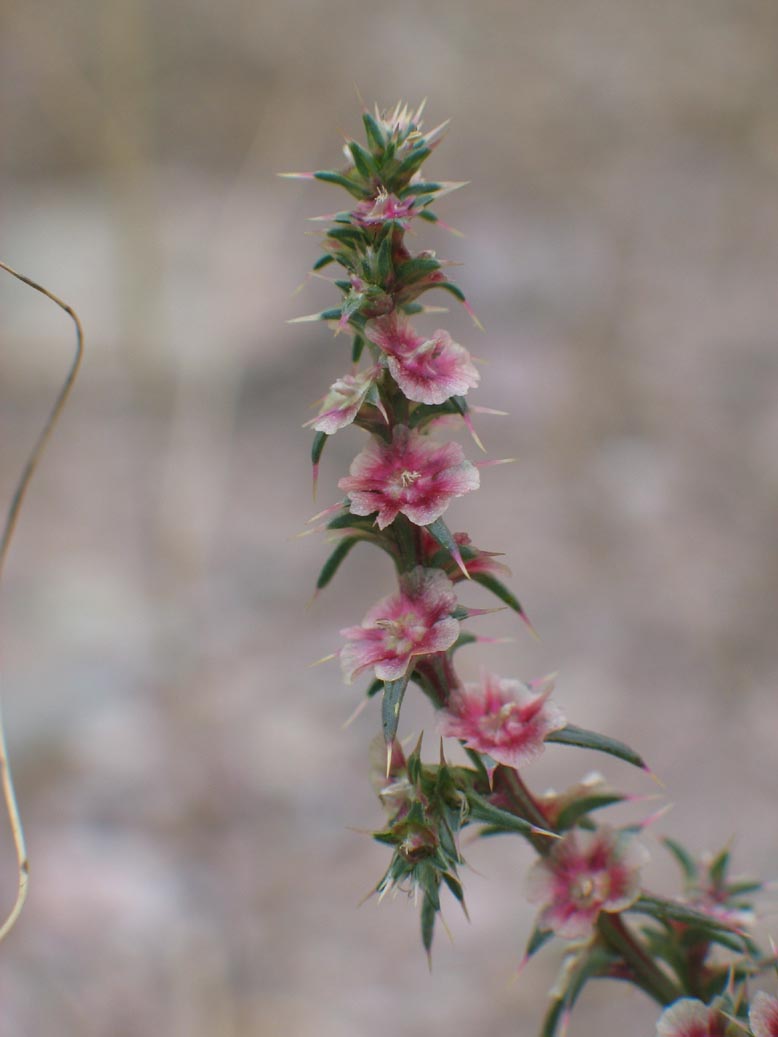How To Control Russian Thistle: The Ultimate Guide
Russian thistle is a highly invasive weed that can be a major problem for homeowners, farmers, and land managers. It is a tall, spiny plant that can grow up to 10 feet tall. Russian thistle produces a large number of seeds, which can be easily dispersed by wind and water. This makes it difficult to control, and it can quickly spread to new areas.
There are a number of ways to control Russian thistle. The best method for you will depend on the size of the infestation, the location of the weeds, and your budget.
Cultural Control
Cultural control methods can be effective for small infestations of Russian thistle. These methods include:
- Mowing: Mowing can be effective for controlling young Russian thistle plants. However, it is important to mow before the plants flower, or they will produce seeds.
- Hand pulling: Hand pulling is a labor-intensive method, but it is effective for small infestations. Be sure to remove the entire plant, including the roots.
- Burning: Burning can be effective for controlling large infestations of Russian thistle. However, it is important to burn the plants when they are dry, and to take precautions to prevent the fire from spreading.
Chemical Control
Chemical control can be an effective way to control large infestations of Russian thistle. However, it is important to use caution when using herbicides, and to follow the directions on the label carefully.
There are a number of herbicides that are effective for controlling Russian thistle. These include:
- 2,4-D
- Dicamba
- Glyphosate
- Picloram
When using herbicides, it is important to apply them when the plants are young and actively growing. It is also important to water the plants after applying the herbicide, to help the herbicide penetrate the plant tissues.
Biological Control
Biological control is a method of controlling weeds by using insects or other organisms that feed on the weeds. There are a number of insects that feed on Russian thistle, but they are not always effective in controlling large infestations.
Conclusion
Russian thistle can be a difficult weed to control, but there are a number of methods that can be effective. The best method for you will depend on the size of the infestation, the location of the weeds, and your budget.
If you are struggling to control Russian thistle, you may want to contact a professional weed control company. They will be able to assess the situation and recommend the best course of action.
FAQ of russian thistle
- What is Russian thistle?
Russian thistle (Salsola tragus) is an invasive annual weed that is native to Russia and Central Asia. It is a highly competitive plant that can quickly displace native vegetation. Russian thistle is also a fire hazard, as it is easily ignited and can spread quickly.
- What are the effects of Russian thistle?
Russian thistle can have a number of negative effects on the environment. It can reduce the yield and quality of crops, displace native vegetation, and increase the risk of fire. Russian thistle can also be a nuisance, as it can block roads and trails, and its spines can be painful to humans and animals.
- How can I control Russian thistle?
There are a number of ways to control Russian thistle. Mechanical methods, such as mowing and tillage, can be effective for small infestations. However, these methods are not always effective for large infestations. Chemical herbicides can also be used to control Russian thistle. However, it is important to use herbicides that are specific to Russian thistle, as other herbicides can damage native vegetation.
- What are some other uses for Russian thistle?
In addition to being a weed, Russian thistle has a few other uses. The young shoots of Russian thistle can be eaten as a potherb. The seeds of Russian thistle can be ground into meal. Russian thistle is also sometimes used for Christmas decoration.
Image of russian thistle
- Image 1: A close-up of a Russian thistle plant, showing its prickly leaves and distinctive ball-shaped shape.

- Image 2: A field of Russian thistle plants, with their seed heads blowing in the wind.

- Image 3: A single Russian thistle plant, with its seed head detached and rolling across the ground.

- Image 4: A close-up of the flowers of a Russian thistle plant.
- Image 5: A cross-section of a Russian thistle plant, showing its hollow stem and fibrous roots.
- Image 6: A Russian thistle plant growing in a desert landscape.
- Image 7: A Russian thistle plant growing in a field of wheat.

- Image 8: A Russian thistle plant being harvested for hay.

- Image 9: A Russian thistle plant being used as a Christmas decoration.

- Image 10: A close-up of the seeds of a Russian thistle plant.



Post a Comment for "How To Control Russian Thistle: The Ultimate Guide"